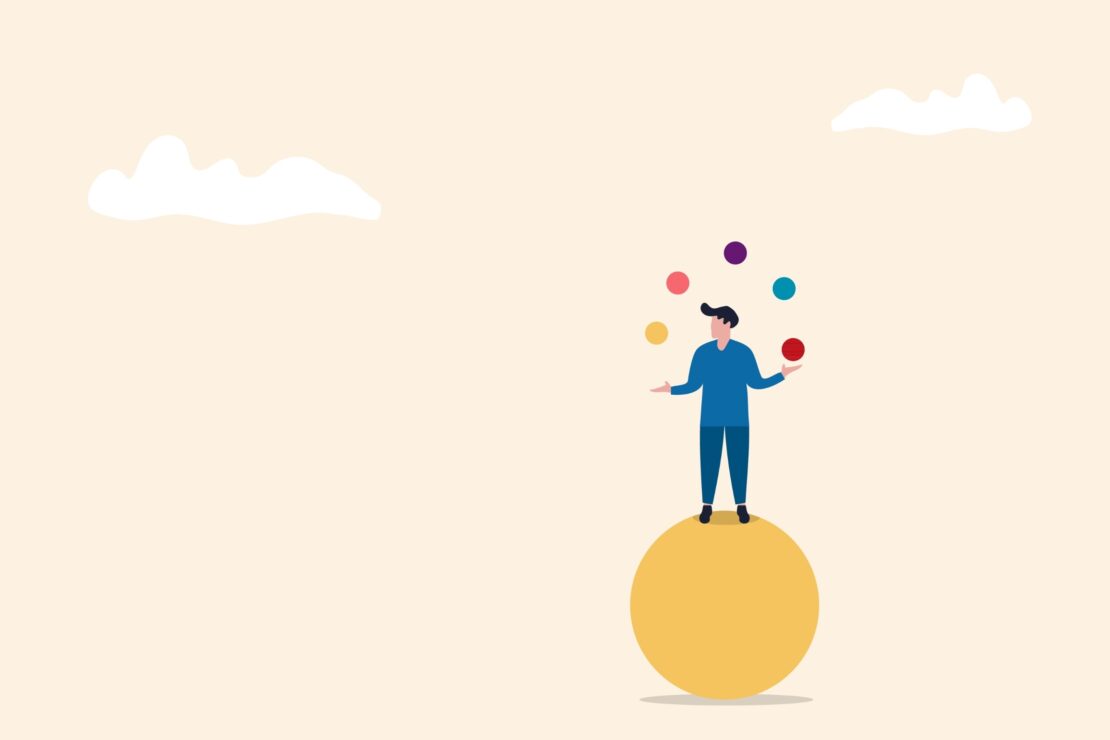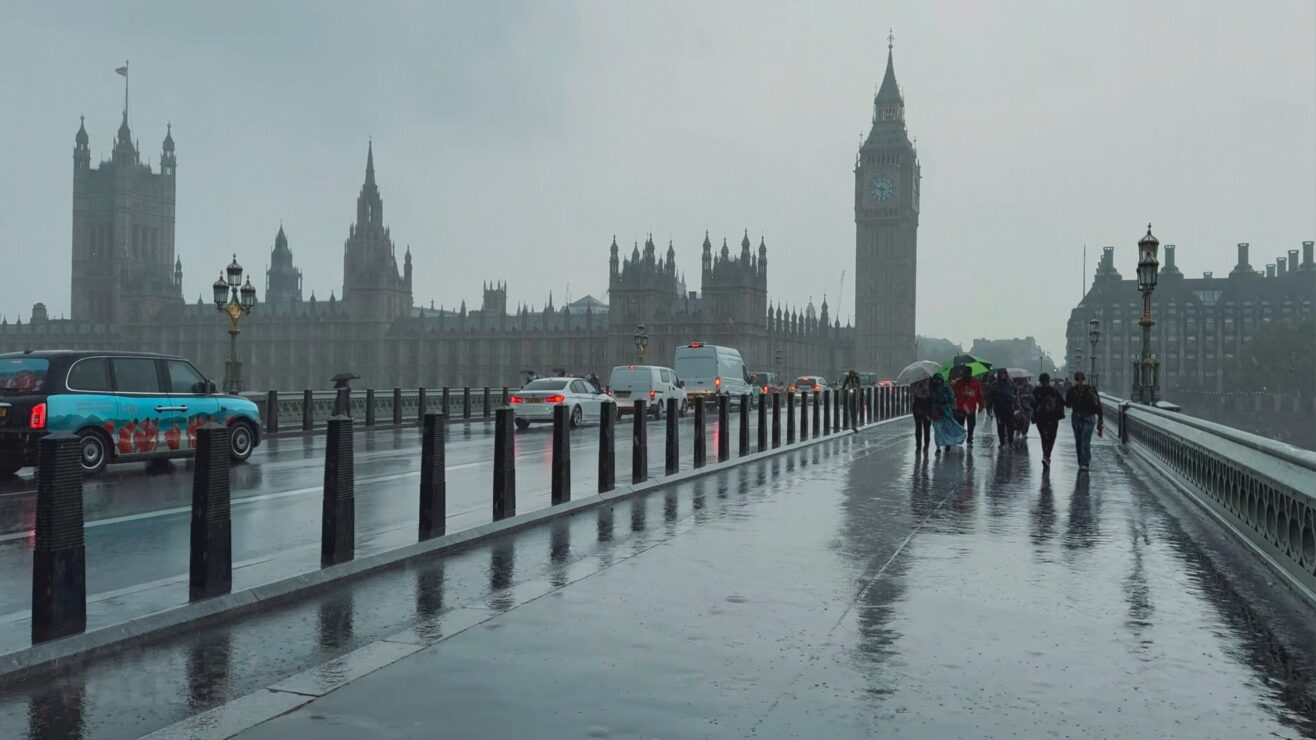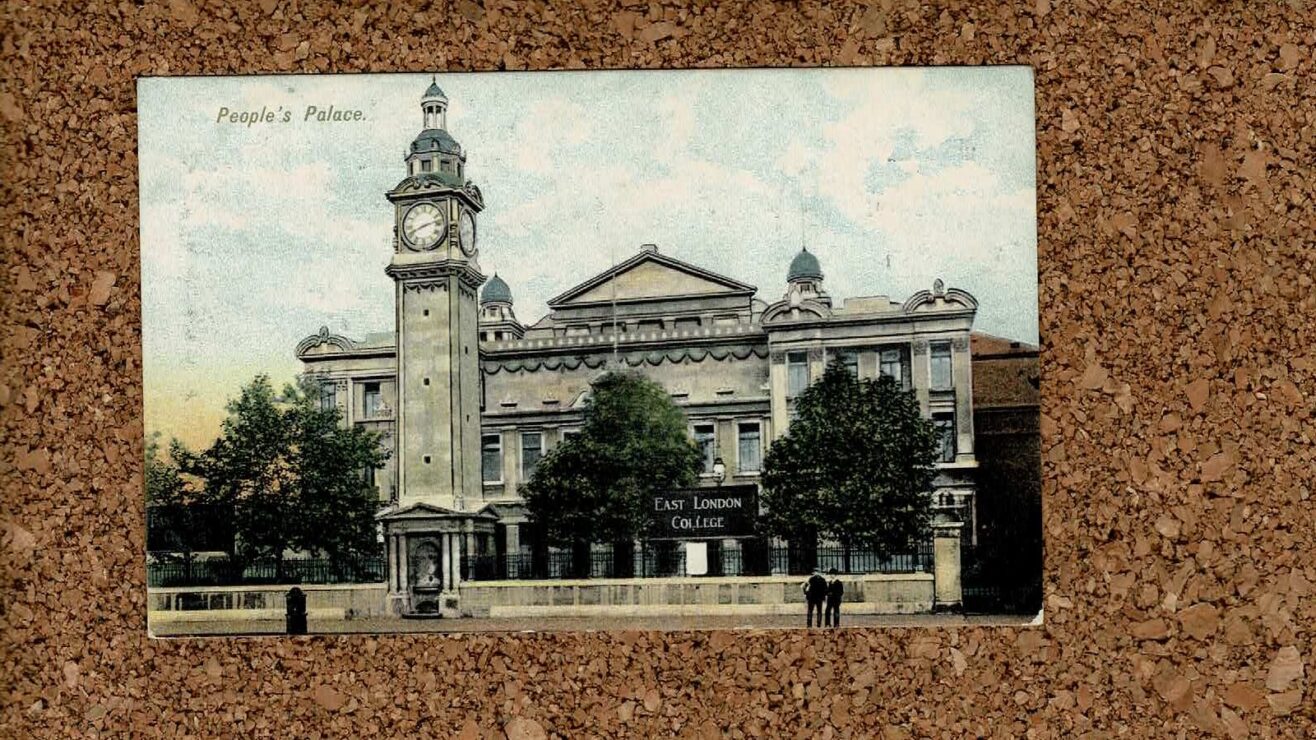It’s tricky to find an industry that compares to higher education.
One that you certainly wouldn’t expect to be comparable is the attractions industry – comprising visitor attractions such as theme parks, museums and more. But having worked in both sectors, I have seen trends develop across them in much the same way.
They’re not identical. In 2008, in the face of global recession, the theme park industry faced near collapse – while higher education soared in popularity as the jobs market shrank. But more often than not, there are notable parallels.
Inspired by a Twitter thread, I wanted to pull out three of these parallels – the rise of tech, the importance of guest management and the reliance on the ever-growing experience economy – to see if what colleagues in the theme park industry are doing might help us improve the experience students have of higher education and make their learning more rewarding and enriching.
The explosion of tech
Tech is transforming every industry on earth and it has exploded in the face of the coronavirus pandemic. Online or remote learning has gone from a niche to a way of life, and every sector is looking to shoehorn in virtual and augmented reality in any way it can.
But one area of tech that is profoundly shifting theme parks is developments in personalisation. I believe higher education is on the cusp of this innovation.
One of the most exciting start-ups in the theme park sector right now is Attractions.io. We all prefer to interact with a single interface – and we are heavily influenced by tactical nudges. Attractions.io taps into both these facts by developing a single app that defines a guest experience at a theme park from start to finish.
Guests buy their tickets using the app, get directions, find ride queue times. They can also be nudged towards behaviours that may be conducive for them – such as visiting a restaurant that is less busy, and conducive for the operation of the theme park – such as purchasing a photo of themselves on the ride.
These technologies exist across the world. Another – called Vantage – originated from the world of water parks, and gives guests a simple wristband that allows them to store their tickets, to make cashless payments, and plan their day through a connected app.
While both of these technologies improve the guest experience they actually provide even more benefit to the operator – a wealth of data. Using these tools, theme parks can understand how their guests are behaving – when they arrive, when they eat lunch, whether group size influences the rides you go on – and so on. A clearer picture vastly improves decision making.
Higher education is undoubtedly on the cusp of this reform. Customer Relationship Management software (CRMs) is growing in popularity in higher education and the vast majority of UK universities have a system. These have helped universities understand key moments in the pre-enrollment cycle in particular, such as how attendance at an open day can impact enrollment conversion.
The next revolution for higher education will be making this experience holistic. A common complaint from students is that the experience of applying feels disjointed from enrolling, from moving into halls, from starting the course, from graduating – and it’s no wonder. At most universities a separate department operates each of these key moments in the student cycle. Often those departments have confusing acronyms, sometimes they’ve undergone their own branding exercise, and often they use their own tech stack.
The personalised experience, centralised from a tech-driven dashboard, is coming to higher education. The UCAS Hub, which was launched last year, aims to be the centre of all the pre-enrolment tools that students need. CampusM, similarly, is powering apps for many universities that give students all the resources they need in one place, and giving helpful nudges at key moments. I don’t think universities have cracked it just yet, but this highly personalised experience that brings together those siloed departments and operations is on the way.
Visitor management
Using technology to deliver a personalised experience – and to obtain critical insights – is one aspect of what the theme park sector might call visitor management.
There’s also a matter of supply and demand. Theme parks manage ticket sales for safety reasons, of course, but also for experience reasons. Essential reading for any theme park operator is the book Taming the Mouse, by Tom Mehrmann. He talks about “ride units” – a method of calculating the number of individual experiences a guest can encounter during a visit to a theme park: from riding a rollercoaster, to getting lunch, to taking a photo with the theme park mascot.
If you know how many ride units you have, and the “throughput” of each – how many guests they can sustain per hour – you can easily calculate the number of units that each guest can have per day. And for a high quality day, a guest expects a certain number of units.
If a theme park oversold their tickets, queues would increase and each guest would experience fewer ride “units”. The additional revenue that a theme park could earn by selling as many tickets as possible in a single day would be offset by the loss in earnings from the reputation damage – negative reviews, complaining Tweets and occasionally media criticism lambasting the fact that guests could only ride one roller coaster in six hours.
Just like a theme park, a university can let too many students through its doors at the expense of experience. Last year, some universities made headlines after lecture theatres were overfilled and students were forced to watch lectures on YouTube live streams or moved into overflow lecture theatres. There is a delicate calculation of capacity and infrastructure – universities must be collecting this data about how students use their facilities, and ensure they are welcoming a number that fills seats – and no more.
There was an interesting documentary on Channel 4 recently that followed the story of Alton Towers as it adapted to the ongoing pandemic that’s worth a look. There would be some familiar scenes for those in university management, as familiar questions rushed through – should we be opening at all? Can we still let in the same number of visitors? How do we keep guests apart? How do we keep up with changing rules and guidance?
Of course, a university has a tougher job here. Theme parks need to look after their guests for a day, through a closely managed experience. Universities need to keep students safe for months at a time, which means considering living, working, studying and fun.
But there are many ways that these two stories collide:
- Large-scale infrastructure reform, such as Alton Towers’ rejigging the entry experience to take temperatures at the gate.
- A risk-aversion strategy that involves closing aspects that can’t safely be opened, such as students’ unions closing their facilities or theme parks closing their indoor rides.
- Managing a cultural shift that starts with the staff. There was a moment in the documentary where we saw a manager chasing after a group of staff that had bundled into a small ticket booth as she shouted “two metres!”. Adapting to the “new normal” requires widespread compliance, and that has to start with the staff across an institution.
The rise of the experience
In the US, the campus visit is an event – with lavish welcome centres for guests offering snacks and refreshments, photo opportunities around campus, and a peppy guide cracking jokes. It means that visiting a US campus is not a million miles from visiting Walt Disney World. That trend is being transported to the UK.
It’s happening because colleges in the US and universities on this side of the pond have made an essential realisation – we are in an experience economy. The stuff we do is more important than the stuff we own. The experience economy, a phrase coined by Joseph Pine and James Gilmore, has a simple premise – there is equal value in the experience of obtaining a product, as there is in the product itself.
The term also refers to the growth of an economy that is based on experiences. Just as we have an economy built on goods, and an economy built on services – so too can we expect an economy built on experiences. This trend is evident on the high street – mini-golf bars, escape rooms, nightclubs with ball pits. Right now, the experience economy is pandemically paused, but you can bet it will experience a resurgence once we all have a vaccine in our arms. What we will see is that people want to be seen doing things. If the stuff we do is important, then the stuff we can be photographed doing is the most important of all.
This is why “the student experience” has become the 21st century buzzword for higher education – students expect it to be managed when in higher education and they’ll be expected to manage it once they’re out of higher education. A lot of “experience management” responsibility has historically been pinned onto students’ unions – the home of societies, international travel, freshers’ weeks and SU bars. However, combined with ever-shrinking budgets, that has placed many SUs at risk of becoming the university’s experience department, rather than a real “union”.
In the last 20 years, universities have benefited from a culture that increasingly pushes young people towards higher education. It might be traced back to Tony Blair’s 50 per cent target of young people in education, or the 2008 recession that dried up the job market for young people. But whatever the reason, change is coming, as the current government wages war on universities and pushes young people towards further education and on-the-job training.
So it is down to universities to focus on that all-important experience – whether that’s creating a culture that focuses on the experience beyond formal learning, harnessing technology to deliver a holistic experience, or going back to basics – and looking to other industries, such as theme parks, for new trends and ideas that deliver an enjoyable, productive, safe and enriching student experience.












